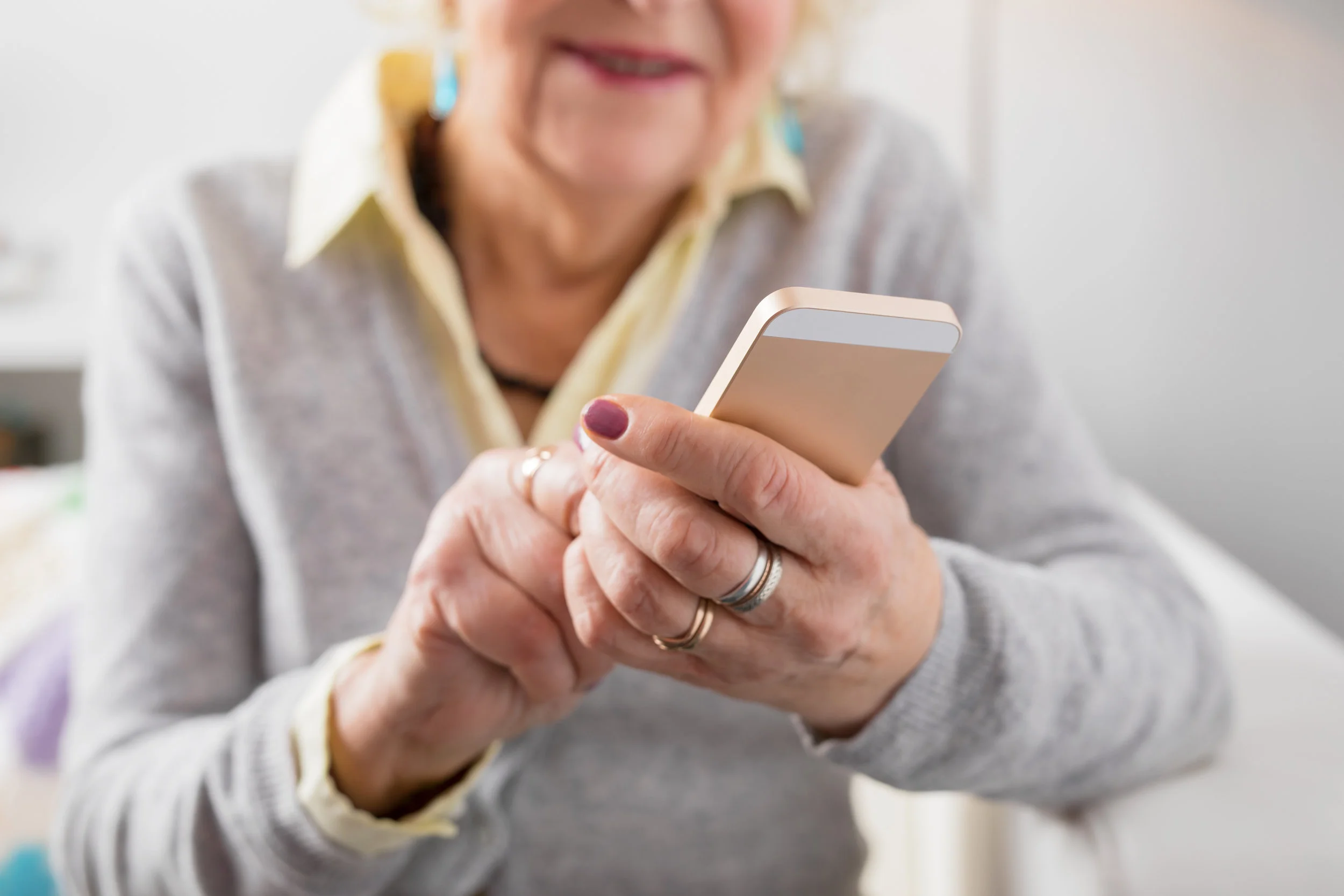As people age it can be a shock needing to become more dependent on those around them. It can be difficult for the elderly members of the population to maintain their sense of independence, but it’s often critical in order for them to stay happy and healthy.
If you have a loved one that needs more care while still holding on to their independence, try these simple ways to give seniors more freedom while still checking in:
Take Advantage of Delivery
One of the most convenient things about modern society is the ability to go online and have virtually anything delivered directly to your door. This covers clothing, groceries and even medications. If your loved one insists on having their freedom, but you still want to make sure they have all the basic necessities covered without intruding on their space, try taking advantage of delivery.
Check In on Your Phone
As the body becomes more fragile seniors may become injured more easily and need additional care. If you are concerned about their safety but they insist on holding on to their freedom for as long as they can, download the Virtual Halo app to their mobile phone. Let them know that with the app they can quickly and easily contact you with an SOS message if anything happens, or just check in now and then to let you know they’re okay so you don’t start sending hundreds of texts or calling dozens of times a day (because we all do when it comes to the care of a loved one).
A Blend of Independence and Care
When it comes to keeping their independence, seniors can be quite stubborn, even if they know it’s time to rely on others. Help them maintain their freedom with a blend of independence and care by helping them meet their basic needs and letting them check in with you more often than you check in with them. Virtual Halo is the perfect way to feel confident they can reach you if they need to, while still giving them the space they ask for.








